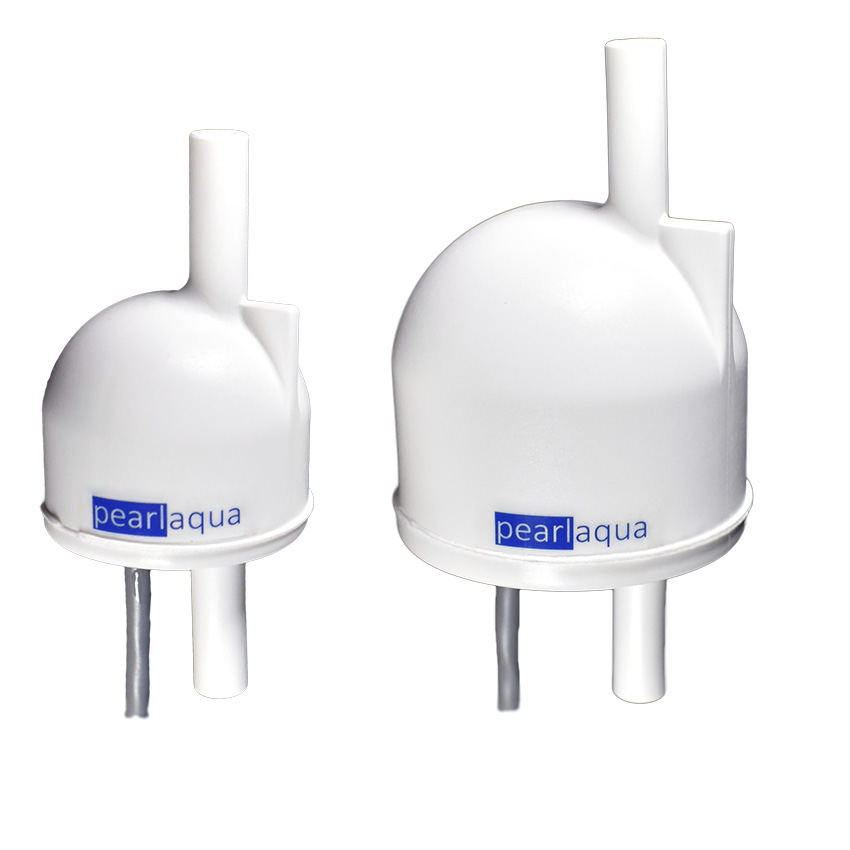AquiSense Technologies design and manufacture solutions that solve real-world problems in water, air, and surfaces, using UV-C LED technology. Ultraviolet light between 250nm and 280 nm (UV-C) can be used to inactive harmful pathogens. In recent years Light Emitting Diodes (LEDs) have become commercially available and so they work with leading UV-C LED manufacturers to evaluate their devices.
Using a combination of patented technology and in-depth know-how, AquiSense integrates only the best LED devices into products. AquiSense is one of the largest global purchasers of UV-C LEDs.
Easy Engineering: What are the main areas of activity of the company?
AquiSense: AquiSense deliver standard products for consumers, components for integration into other products and large custom project. All of our solutions are within water, air, or surface applications; however, water disinfection is the largest category for us.
E.E: What’s the news about new products?
AquiSense: AquiSense installed the first municipal water treatment system in North America using UV-C LED technology. This is our PearlAqua Tera product platform and we will deliver 9 additional systems in the first half of 2023.
We are also close to launching two smaller systems, PearlAqua Micro 3A and 30C, that use a new generation of UV-C LEDs and deliver huge cost and size advantages over current solutions.

E.E: What are the ranges of products?
AquiSense: Our water disinfection units cover point of dispense all the way to full-scale municipal units, all under the PearlAqua brand. We go from Micro, Deca, Kilo to Tera.
We also offer lab research equipment through our PearlLab platform that provides researchers with a variety of options for advanced UV disinfection.
PearlSurface and PearlAero platforms also exist to complete the application range.
E.E: At what stage is the market where you are currently active?
AquiSense: Conventional UV-C technology is well over a $1bn market for water alone and historically deploys mercury-vapor gas discharge lamps. We have shown that we can deliver both disruptive products using mercury-free LED lamp technology and unique applications solutions that are growing the overall market size. Thus some markets we serve are mature and require use to benchmark against existing UV solutions. Other markets are less mature and require unique engineering solutions, breaking new ground with business-case models and regulatory approvals.
E.E: What can you tell us about market trends?
AquiSense: There has been a general trend away from chemical treatment over the past decade and this is likely to continue or accelerate as consumers, regulators and industrial suppliers become more sensitive to the by-product effects. UV technology has out-grown other forms of water treatment largely based on this effect. However, the use of Mercury in these products is a major source of concern and those same stakeholders are looking to alternative UV sources as a replacement – much in same way LED has been disruptive in general lighting. In that same way, UV-C LED disinfection systems can offer a greater degree of flexibility to new applications. As stakeholders increasingly become aware and new engineered products scale in manufacturer, their deployment will increase dramatically.

E.E: What are the most innovative products marketed?
AquiSense: Essentially all of the PearlAqua product platforms are hugely innovate. All are the leading seller in their category and the fast pace of new product introductions has ensured this over the past decade. The average product generation lifecycle is currently under 3 years – which is an order of magnitude less than typical water technology products.
E.E: What estimations do you have for 2023?
AquiSense: We anticipate the incorporation of new generation of higher powered, more efficient UV-C LED will accelerate growth at both ends of the market flow-rate scale. Broader installation of a larger number of PearlAqua Tera units for municipal water treatment will show this is beyond pilot scale. Also smaller, more cost-effective point-of-use treatment systems will grow production from its current range of several 100k per year, into the million unit per year range. We will see further embedding of such technology into consumer products.

